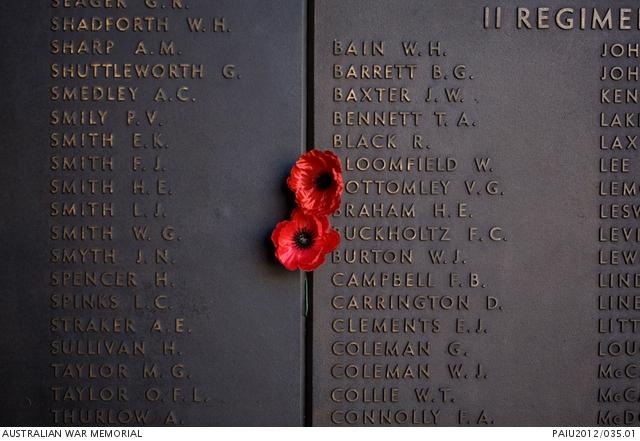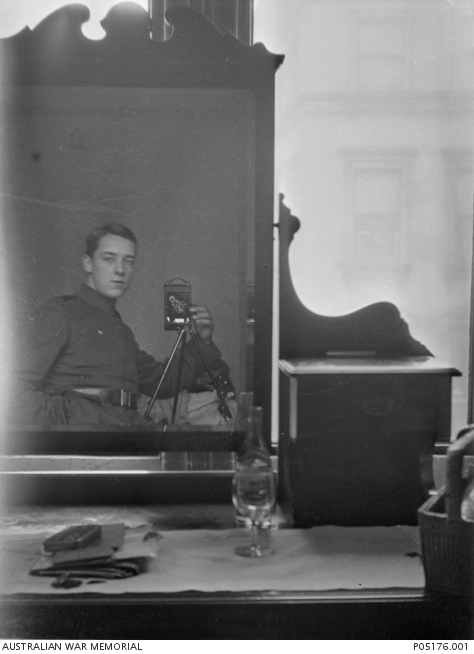The last to fall

Who was the last Australian to die in the First World War?
It’s a beguilingly simple question, and one the Memorial’s historians anticipate will be asked often as we commemorate the 100th anniversary of the Armistice that ended the Great War.
The obvious place to start is with the Roll of Honour database, which lists 18 men who died on 11 November 1918. The time of death of soldiers was often not recorded, however, so it is not possible to determine the last man to die before the guns on the Western Front fell silent at 11 am (Paris time) on 11 November.
Members of No. 4 Section, 1st Australian Tunnelling Company, Wallonie, Belgium, 8 February 1919.
No soldier is listed as “killed in action” that day. Most died from diseases, such as pneumonia and influenza, or from wounds sustained earlier. It was reported that Private Richard Williams, of the 51st Battalion, committed suicide by leaping off the troopship upon which he was returning home.
By early October 1918, the war was over for most Australians. The five infantry divisions of the Australian Corps had been pulled out of action for rest following the last major battle at Montbrehain on 5 October 1918, more than a month before the Armistice. Most Australian units were returning to the front line when the cease-fire came into effect
An Australian artillery battery preparing to move in support of the Fourth Army’s advance in October 1918.
The last Australians killed in a ground action met their fate on 4 November 1918. Australian air squadrons, artillery, engineers and tunnelling units had supported the advance of the British army. Sappers Arthur Johnson and Charles Barrett, and Corporal Albert Davey, members of the 1st Australian Tunnelling Company (best known for digging under the German lines at Hill 60 in Belgium in mid-1917 and blowing the enemy sky-high during the battle of Messines) were killed at the opening of a battle at the Sambre-Oise Canal. Their story is told in Issue 44 of Wartime.
That same day, three pilots of the Australian Flying Corps were killed in air combat. Captain Thomas Baker and Lieutenants Parker Whitley Symons and Arthur John Palliser of No.4 Squadron were shot down during a dog-fight with a dozen German Fokker aircraft. Baker was posthumously awarded the Distinguished Flying Cross for numerous aerial offensive operations and for 40 low-flying attacks at ground targets.
More deaths of Australian servicemen from wounds and illness occurred in the days and weeks following the Armistice, and thousands more would die of war-related causes in the decades to follow. According to the Roll of Honour, an average of one soldier died per day in 1920. Those who died before the official disbandment of the Australian Imperial Force on 31 March 1921 are included on the 1914–1918 Honour Roll.
Canadian infantryman Private George Lawrence Price has traditionally been recognised as the last British Empire soldier to die in the Great War. Price was shot by a German sniper as he stepped out of a house he had been searching for enemy soldiers in Ville-sur-Haine in Belgium – just two minutes before the Armistice came into effect.
For more stories on the end of the First World War, purchase a copy of Wartime issue 84 here.


